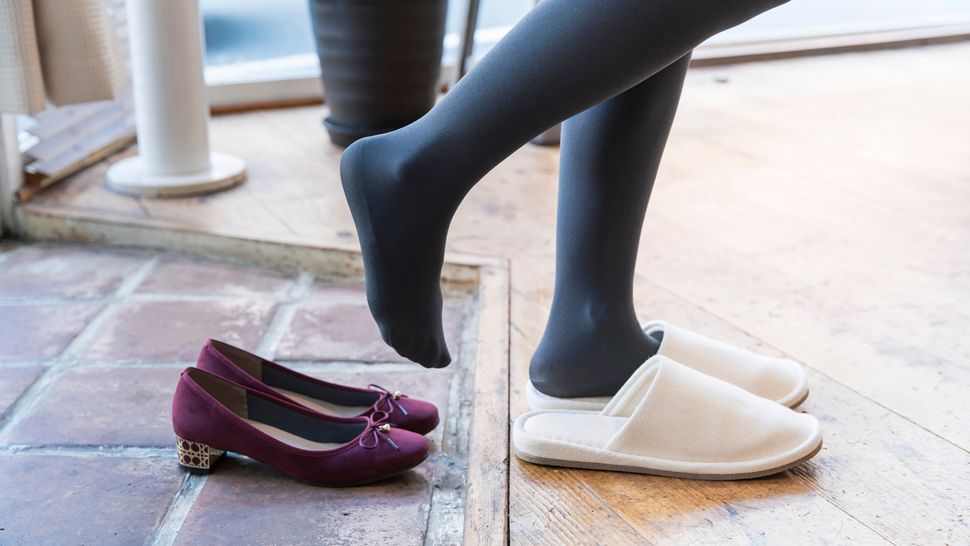Imagine this: you’re finally finishing up a big DIY project, maybe a bookshelf or a new piece of furniture. You’ve carefully placed everything in its rightful spot, admiring your handiwork. But then you notice it – the sticky residue of the adhesive left behind. It’s clinging stubbornly to your beautiful hardwood floors, and you’re left wondering: can I use Goo Gone to remove it?

Image: www.pinterest.com
This is a question many homeowners face, and it’s one that deserves a thorough answer. Goo Gone is a powerful adhesive remover, but its effectiveness on hardwood floors can vary depending on the type of finish and the severity of the adhesive stain. This article will guide you through the process of using Goo Gone on hardwood floors, offering tips and precautions to ensure both safety and successful cleaning.
Understanding the Science of Hardwood Floors and Goo Gone
Hardwood floors are a prized possession, adding warmth and elegance to any home. But their beauty comes with a responsibility – proper care and maintenance. Understanding the components of hardwood floors is crucial for safe cleaning:
- Wood: The foundation of hardwood floors, wood is a natural material prone to scratches and stains. Different species of wood have different densities and properties, influencing their resistance to damage.
- Finish: The protective layer on hardwood floors, the finish can be oil-based, polyurethane, wax, or other coatings. This layer guards against wear, stains, and moisture.
- Goo Gone: This popular adhesive remover is a blend of solvents designed to break down the chemical bonds holding adhesives together. However, its effectiveness can vary depending on the type of adhesive and the composition of the floor finish.
Can Goo Gone Harm Your Hardwood Floors?
While Goo Gone is generally safe for cleaning, its impact on hardwood floors depends on the type of finish and the method of application. Here’s what you need to know:
- Oil-based finishes: These finishes are generally more porous and susceptible to damage from harsh chemicals. Goo Gone’s solvents could potentially penetrate the finish and dull the surface.
- Polyurethane finishes: These finishes are known for their durability and resistance to water and chemicals. However, prolonged contact with Goo Gone can still cause some damage.
- Waxes: Wax finishes are delicate and can be easily stripped away by Goo Gone’s solvents. This could leave the underlying wood exposed and vulnerable to damage.
When to Exercise Caution
The key to safe Goo Gone use is to be cautious and avoid prolonged contact with the wood.
- Test in a hidden area: Before applying Goo Gone to a visible area, test it in a discreet spot on your floor to see how it reacts.
- Do not saturate the wood: Only use a small amount of Goo Gone and avoid letting it sit on the floor for extended periods.
- Follow the instructions: Always adhere to the product’s safety instructions and guidelines.

Image: www.tomsguide.com
How to Safely Use Goo Gone on Hardwood Floors
If you’ve decided to use Goo Gone on your hardwood floors, here’s a step-by-step guide to ensure a safe and effective cleaning:
- Prepare the area: Clear the area around the adhesive stain and ensure good ventilation.
- Test in a hidden area: Apply a small amount of Goo Gone to a discreet spot to check for any reaction.
- Apply Goo Gone: Using a soft cloth or cotton swab, apply a small amount of Goo Gone to the adhesive stain.
- Gently rub: Rub the Goo Gone into the stain in a circular motion. Avoid excessive pressure to prevent scratching the wood.
- Wipe away excess: Once the adhesive has loosened, use a clean cloth to wipe away any remaining Goo Gone residue.
- Rinse: Gently rinse the area with a damp cloth and wipe dry to remove any lingering Goo Gone.
- Apply wood polish: To restore the shine and protect the finish, apply a wood polish specifically designed for hardwood floors.
Alternative Solutions for Adhesive Removal on Hardwood Floors
If you’re hesitant about using Goo Gone on your hardwood floors, or if the adhesive is particularly stubborn, consider these alternative methods:
- Mineral spirits: This solvent is effective for removing adhesive residue but should be used sparingly and with caution.
- Soapy water: For lightweight adhesives, try warm soapy water and a soft cloth.
- Baking soda paste: Mix baking soda with a small amount of water to create a paste and apply it to the adhesive stain. Let it sit for a few minutes, then gently scrub with a soft brush.
- Professional help: If the adhesive is deeply ingrained or you’re unsure about cleaning methods, consider consulting a professional cleaner or floor refinisher.
Can Goo Gone Be Used On Hardwood Floors
Conclusion: Choose Wisdom over Harsh Chemicals
Using Goo Gone on hardwood floors can be a tricky situation. While it can be effective for removing adhesive residues, it’s important to exercise caution to avoid damaging the finish. Always test the product in a hidden area, avoid prolonged contact, and follow the manufacturer’s instructions carefully. Remember, sometimes gentler methods may be more appropriate for preserving the beauty and longevity of your hardwood floors. If in doubt, consult with a professional cleaner or floor refinisher to ensure the best outcome for your valuable investment.






